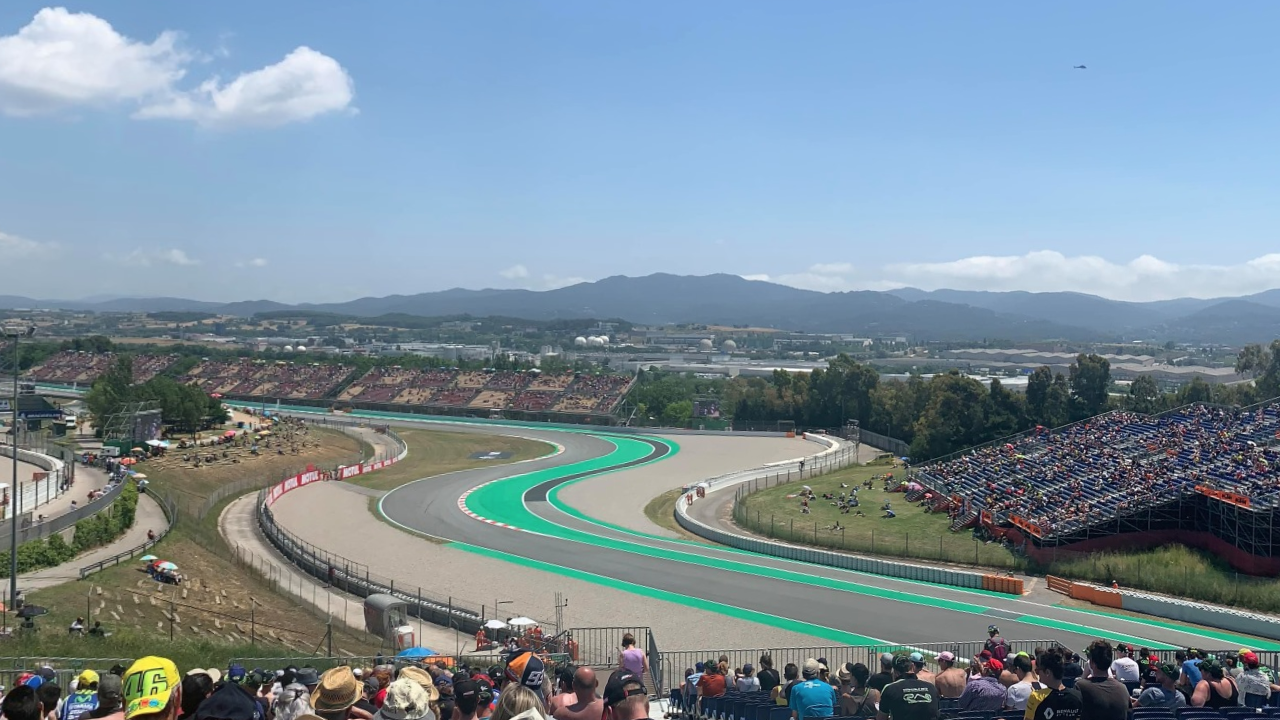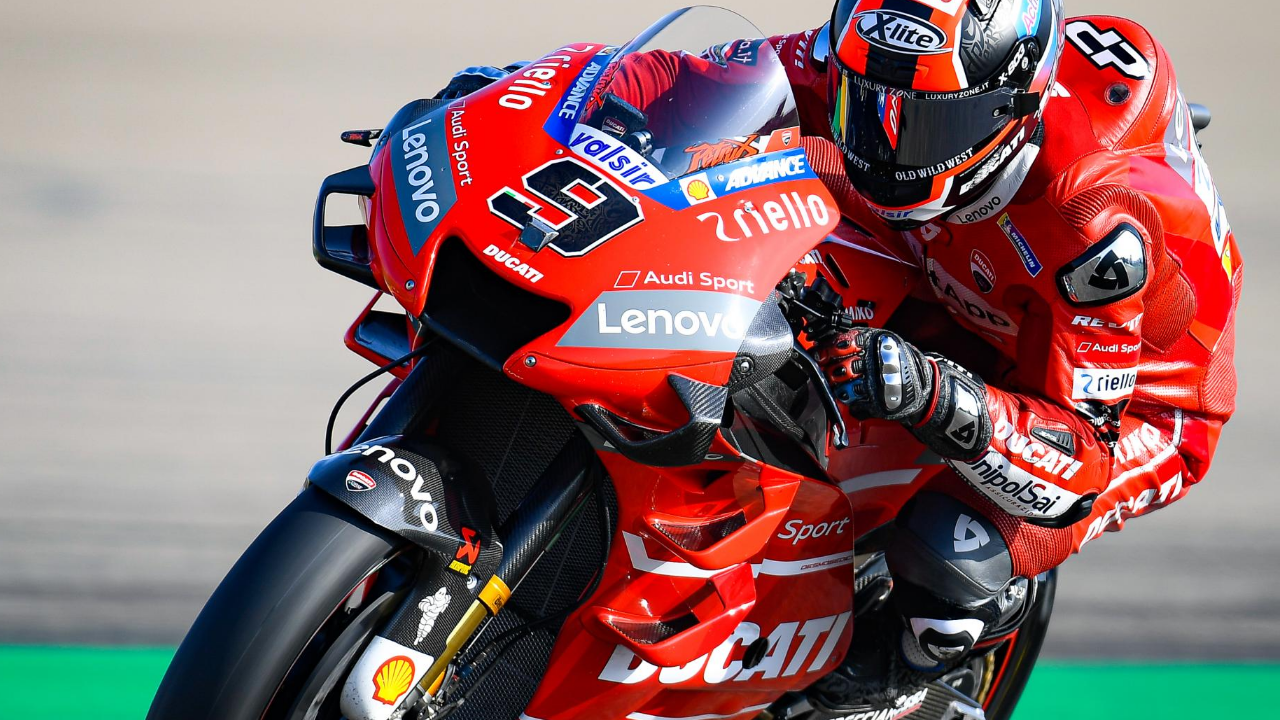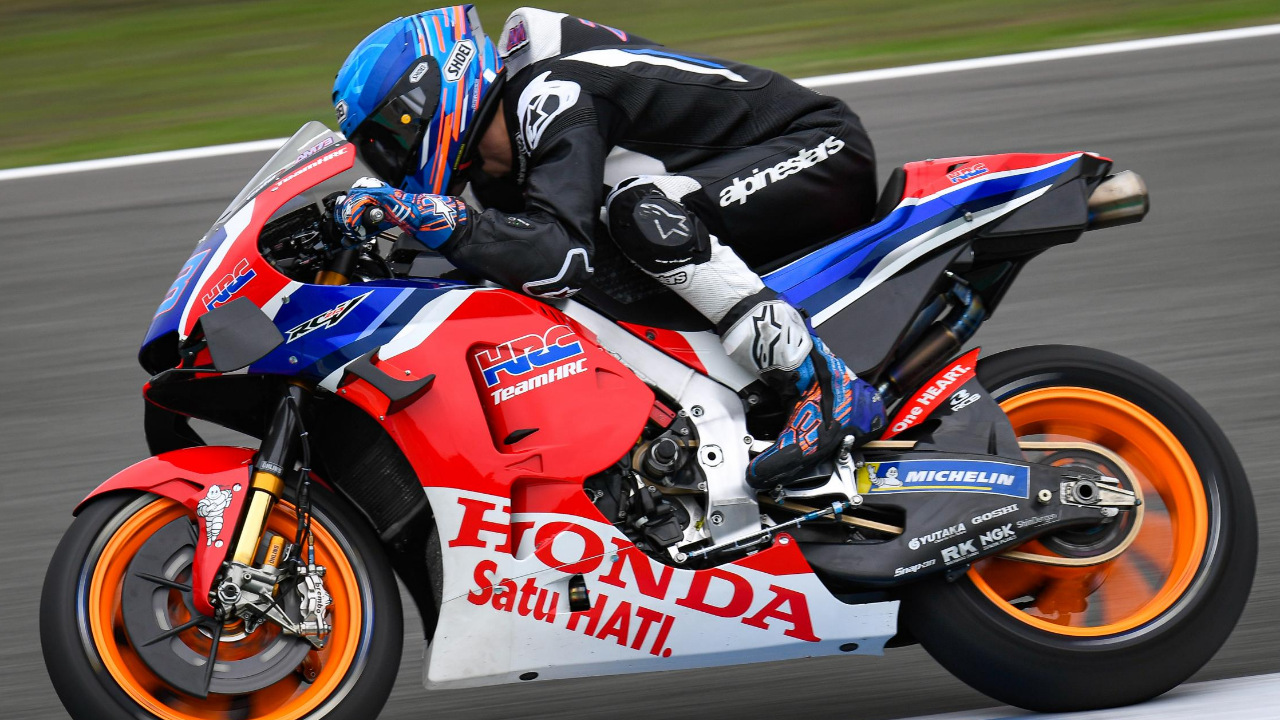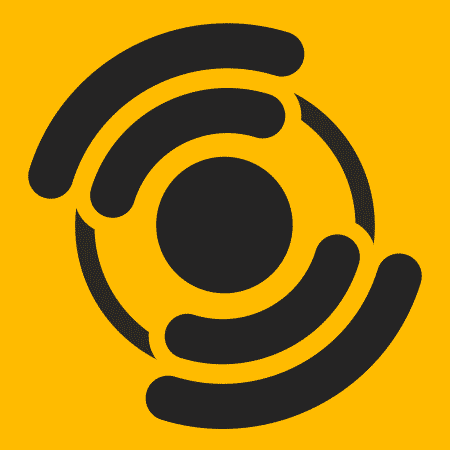
MotoGP: What changes can you expect for the 2020 season?
Given the confusion, Dorna has tweaked the rules for jump starts. If you are deemed to have jumped the start in any of the three classes, MotoGP, Moto2 and Moto3, will need to serve two Long Lap penalties within five laps of being notified of the penalty.
Each long lap is designed to cost the rider between three and four seconds, with the new penalty system, rider’s who jump the start will lose up to eight or nine seconds instead of losing between thirty and forty-five seconds.

The use of the black and orange flag has also been altered, with any rider shown the flag needing official authorisation from a MotoGP technical steward to re-join the track.
There are also small modifications to the technical regulations, however, most remain unchanged given that MotoGP’s current technical rules agreement expires in 2021 when a new five-year plan will be formed starting from 2022.
Ducati’s aero ‘scoop’ Swingarm device caused fallout between MotoGP manufacturers, for 2020 Dorna and the FIM have clamped down on what aero packages you can and can’t have.
The changes to the technical rules see the Fairing, Front Fender and swingarm area come under one rule, which was previously separate.
Once again, each rider is permitted to only one change in Aero Body per season, it means any changes which are deemed to have an aerodynamic effect will be included.
As well as this, the dimensions, angles and radius of aerodynamic devices have been tightened.
The aero rules will be in place for the season, apart from Phillip Island, where riders have been granted permission to remove aero devices after adverse weather played havoc with the 2019 Australian Grand Prix.

The use of metal studs in Knee Sliders have been banned, Jorge Lorenzo was using them to reduce wear on the slider at Argentina.
In Moto2 and Moto3, the rider’s who progress from Qualifying one into Q2 will be given an additional front tyre, this rule came in at the 2019 British Grand Prix.
In MotoGP, Michelin, the sole tyre manufacturer, will introduce a new rear tyre compound which was rigorously tested by the MotoGP field throughout the 2019 season.
Circuits
The 2020 calendar has undergone a few minor changes with the newly re-surfaced Circuit Of The Americas swapping with the Argentine round, that is after the MotoGP paddock goes to Thailand, which has been moved to round two of the season.
As well as this, Sachsenring and Assen have swapped places, with the Dutch round completing the first half of the season.
The second half of the season will kick off at the brand new Finnish Circuit. The Kymiring joins the ever-expanding calendar, making the number of races rise to twenty for 2020, with Brazil also confirmed for a return to the Championship in 2022. Test teams will have a two-day Michelin tyre test at the new circuit on June 15-16 2020.
Finally, the post-season Valencia test has been scrapped for 2020 along with the March 2021 Qatar test.
Riders
The 2020 season also sees new faces join the MotoGP field, with arguably the biggest move coming from Moto2 World Champion Alex Marquez who joins older brother Marc Marquez in the Repsol Honda camp.
The younger Marquez was promoted into MotoGP after Jorge Lorenzo announced his retirement from MotoGP on the eve of the final round of the 2019 season in Valencia.
Marquez’s nearest rival in Moto2, Brad Binder, also steps up to MotoGP as he replaces Johann Zarco’s earlier vacated seat at the Factory Red Bull KTM team.
The final rookie for the 2020 season is Iker Lecuona, the young Spaniard who replaces Hafizh Syahrin at the Tech 3 Red Bull KTM team. Lecuona impressed in his MotoGP debut at Valencia.




![Private: [ID: 71rYi-xncgM] Youtube Automatic](https://motorradio-xijqc.projectbeta.co.uk/wp-content/uploads/2024/08/private-id-71ryi-xncgm-youtube-a-1-360x203.jpg)
![Private: [ID: 1SfHxvC8Doo] Youtube Automatic](https://motorradio-xijqc.projectbeta.co.uk/wp-content/uploads/2024/07/private-id-1sfhxvc8doo-youtube-a-1.jpg)
![Private: [ID: H6XRkf6kROQ] Youtube Automatic](https://motorradio-xijqc.projectbeta.co.uk/wp-content/uploads/2024/07/private-id-h6xrkf6kroq-youtube-a-1-360x203.jpg)
![Private: [ID: Kb6w-qAmKls] Youtube Automatic](https://motorradio-xijqc.projectbeta.co.uk/wp-content/uploads/2023/12/private-id-kb6w-qamkls-youtube-a-360x203.jpg)
![Private: [ID: CcpwYw20k3k] Youtube Automatic](https://motorradio-xijqc.projectbeta.co.uk/wp-content/uploads/2024/07/private-id-ccpwyw20k3k-youtube-a-360x203.jpg)

![[ID: x1SiRC5jhW4] Youtube Automatic](https://motorradio-xijqc.projectbeta.co.uk/wp-content/uploads/2022/04/id-x1sirc5jhw4-youtube-automatic-360x203.jpg)
![[ID: lMZ8lAeLubk] Youtube Automatic](https://motorradio-xijqc.projectbeta.co.uk/wp-content/uploads/2022/04/id-lmz8laelubk-youtube-automatic-360x203.jpg)
![[ID: GAYCcnqyFo4] Youtube Automatic](https://motorradio-xijqc.projectbeta.co.uk/wp-content/uploads/2022/04/id-gayccnqyfo4-youtube-automatic-360x203.jpg)
![[ID: Gg142H296QY] Youtube Automatic](https://motorradio-xijqc.projectbeta.co.uk/wp-content/uploads/2022/04/id-gg142h296qy-youtube-automatic-360x203.jpg)
![Private: [ID: 71rYi-xncgM] Youtube Automatic](https://motorradio-xijqc.projectbeta.co.uk/wp-content/uploads/2024/08/private-id-71ryi-xncgm-youtube-a-1-236x133.jpg)
![Private: [ID: H6XRkf6kROQ] Youtube Automatic](https://motorradio-xijqc.projectbeta.co.uk/wp-content/uploads/2024/07/private-id-h6xrkf6kroq-youtube-a-1-236x133.jpg)
![Private: [ID: Kb6w-qAmKls] Youtube Automatic](https://motorradio-xijqc.projectbeta.co.uk/wp-content/uploads/2023/12/private-id-kb6w-qamkls-youtube-a-236x133.jpg)
![Private: [ID: nc-8g6ROCe8] Youtube Automatic](https://motorradio-xijqc.projectbeta.co.uk/wp-content/uploads/2023/11/private-id-nc-8g6roce8-youtube-a-236x133.jpg)
![Private: [ID: wWrhfjOQuIc] Youtube Automatic](https://motorradio-xijqc.projectbeta.co.uk/wp-content/uploads/2023/11/private-id-wwrhfjoquic-youtube-a-236x133.jpg)